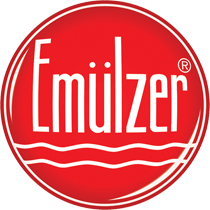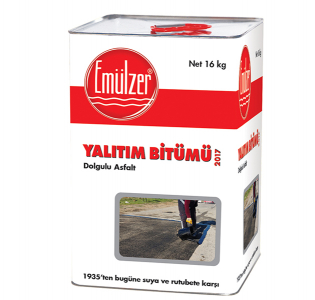Get Support
123-456-789-10
Definition
Bituminous material obtained as a result of distillation in petroleum refineries. By adding filler, its compressive strength has been increased and its fluidity has been reduced.
Usage Areas
• It is used as a hot-applied waterproofing material.
• It is used for filling road asphalt abrasion layer cracks, asphalt / asphalt and asphalt / concrete joints.
• It is used as a skidder in the machines operating at very high temperatures
Advantages
• Easily available.
• The most economical material for these applications.
Surface Preparation
• The surface must be clean and dry, and free from dust, dirt, rust and grease.
• Spikes and horizontal / vertical joints which are suitable for cracking should be rounded by chamfering. To provide excellent adherence, and improve durability, surfaces should be primed with EMİLKOTE® or EMÜLZER® C.
• No primer is required for application on asphalt.
Application
After having heated up to approximately 180°C, bitumen is applied onto the surface to be insulated.
Cleaning The Equipment
After the application the equipment must be cleaned by industrial solvents.
Consumption:
1- 1,50 kg/m2 for each layer.
Packaging:
Net 17 kg Metallic Canister or easy pack
|






